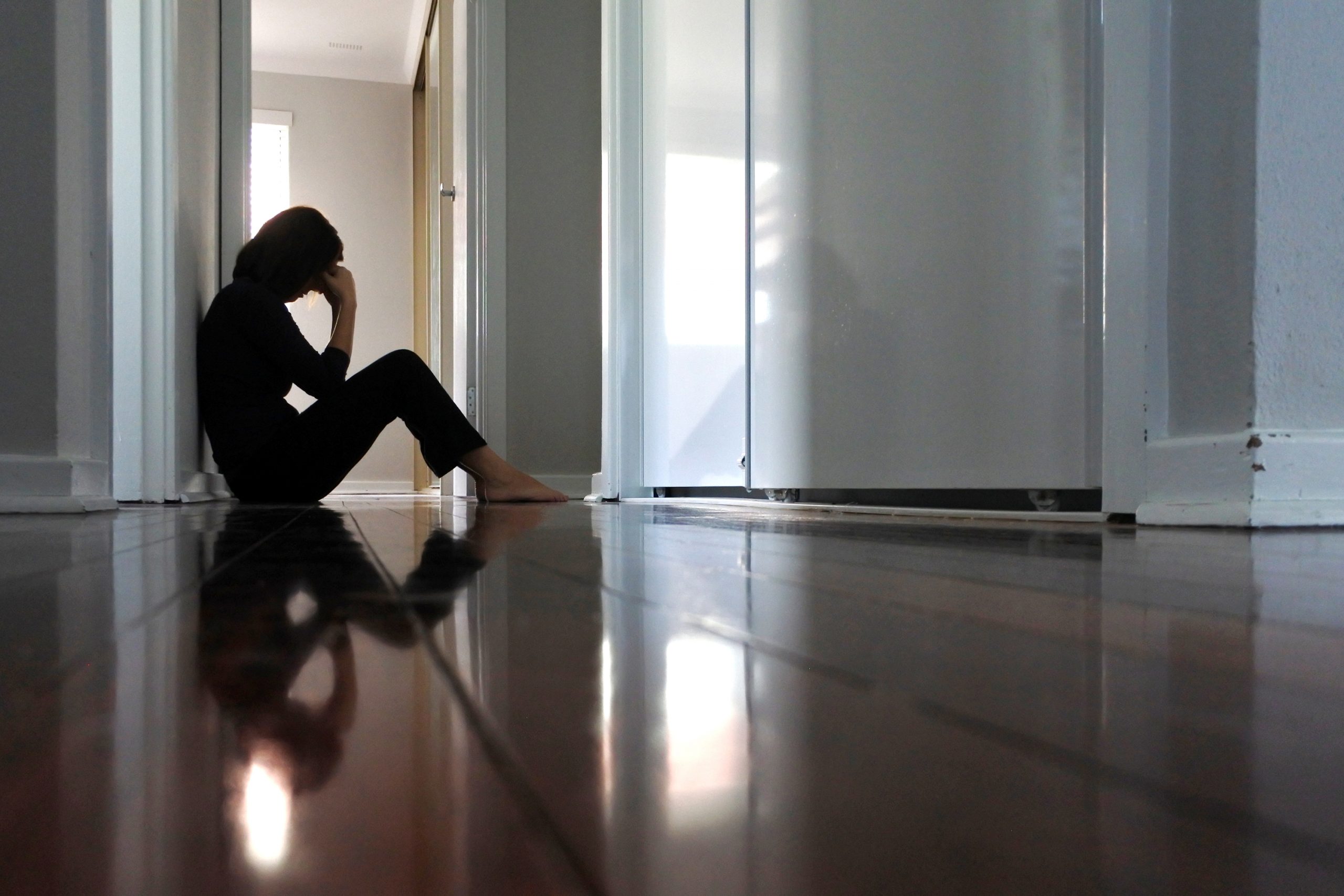
I unexpectedly lost my friend last year. Not only did it shatter my heart, but it also made me feel like I lost a big part of my own identity, which eventually led to wounded self-esteem.
Since the loss was a reminder that my time on this planet is limited, I underwent an existential crisis. The good news is that I could regain my confidence, and I could take back control over my life.
If there’s one good thing resulting from such a tragedy, it can lead you to want to make your life more fulfilling and meaningful.
Yoga has always felt like a trustworthy, good old childhood friend I can always rely on.
As a holistic nutritionist, I have always been aware of the importance of caring for the mind, body, and soul. It becomes especially crucial when you experience trauma.
It was then when I started looking more specifically into restorative Yoga. It played a significant role in me overcoming the emotional pain.
I am now much more aware of my emotional well-being, body and its limits, and the importance of relaxing and letting go. Getting more educated about this type of Yoga served as an inspiration for me to finally enroll in the teacher training.
What exactly is restorative Yoga?
In restorative yoga, the asanas are held for a long time – sometimes even up to 20 minutes.
The goal is to experience relaxation and recovery. The postures should be taken with the least possible effort, so restorative yoga is physically less intense than Yin Yoga.
The top priority here is to achieve calmness and inner peace through passive stretching, sometimes with the help of blankets, bolsters, or blocks.
By holding each position for a long time, you’ll find intense access to your breathing, which in turn will lead to a deep relaxation of the entire body system (organs, muscles, tendons, mind).
With Restorative Yoga, you cultivate your natural ability to relax. You practice letting go.
Grief, in my case, came along with shock, anger, and disbelief; learning how to be in the here and now and letting go of such thoughts can be a relieving experience and a crucial step in emotional recovery.
Meditation can help give your mind a much-needed break from overthinking.
In the Headspace grief meditation course, The Co-founder, Andy Puddicombe says that we need to learn how to incorporate a loss healthily into our lives in one of the sessions. This sentence has stuck with me ever since. I believe in moving forward instead of moving on.
While you take the time to sit down and actively make room for grieving, you get a clearer mind without being left with a feeling of having to suppress your emotions for the rest of the day.
I was then able to seize the day with all its responsibilities.
Rebuilding takes time.
We can not control everything in life, but we can control how we handle a given situation. The waves of sadness and grief still hit, but they come further apart, sometimes very unexpectedly, but the storm becomes calmer after a while.
You’ll learn what triggers the grief; It might be the smell of freshly brewed coffee, a song, or a movie. But you’ll know that somehow you will come out on the other side. Unfortunately, there is no set time frame when it comes to recovering from a loss. Grieving is highly personal, and there are no rules for it.
Sticking to a healthy routine and incorporating a daily restorative yoga sequence has become a priority to me ever since.
The relationship you’ve had with the person who has passed away is and forever will be unique. Rebuilding takes time. We’ll always have a choice in life, and I made the active decision not to create additional layers of suffering.
One of my favorite Poets, Lebanese Khalil Gibran, once said, “Out of suffering have emerged the strongest souls.” I am sending you strength, love, and light.







